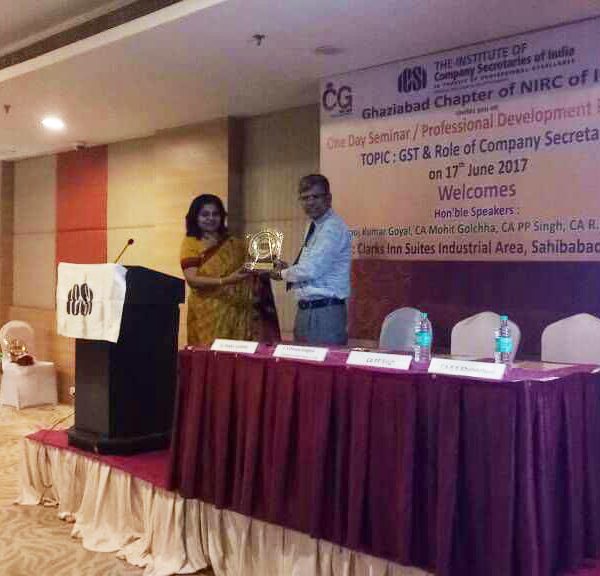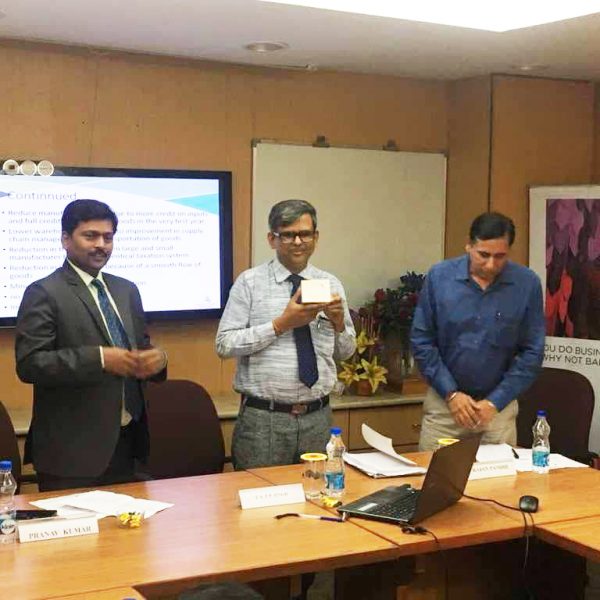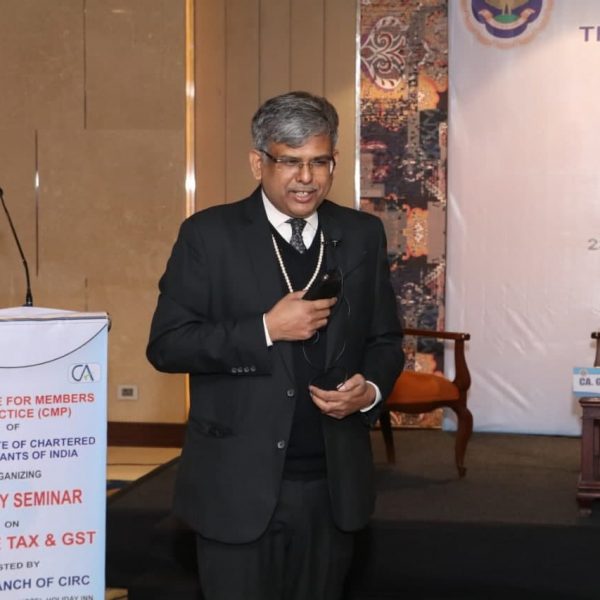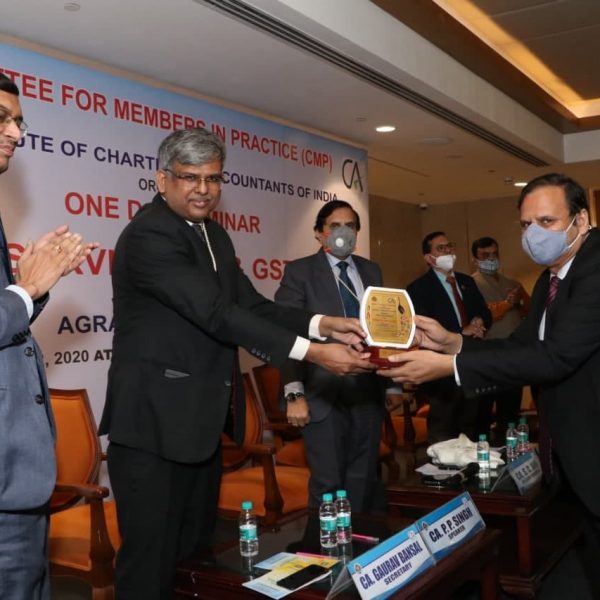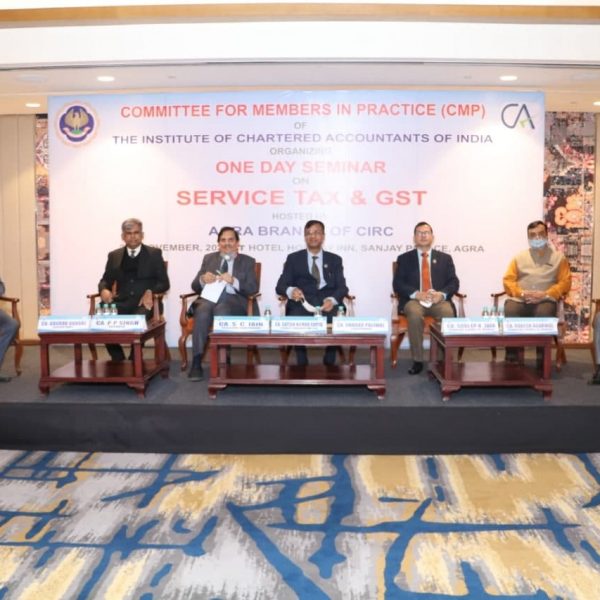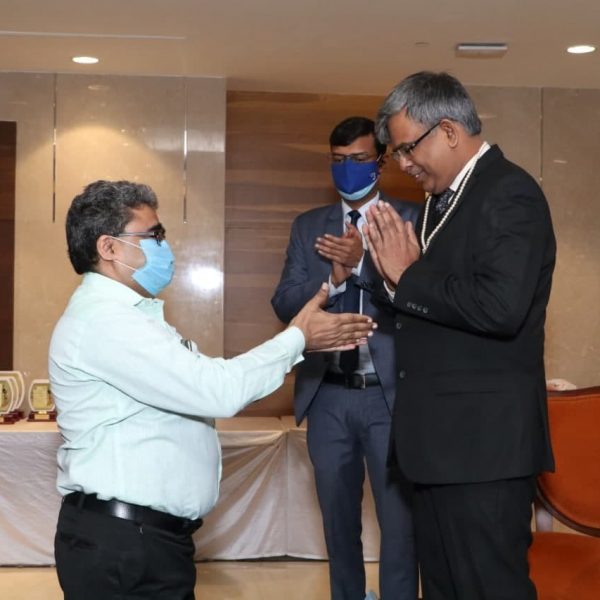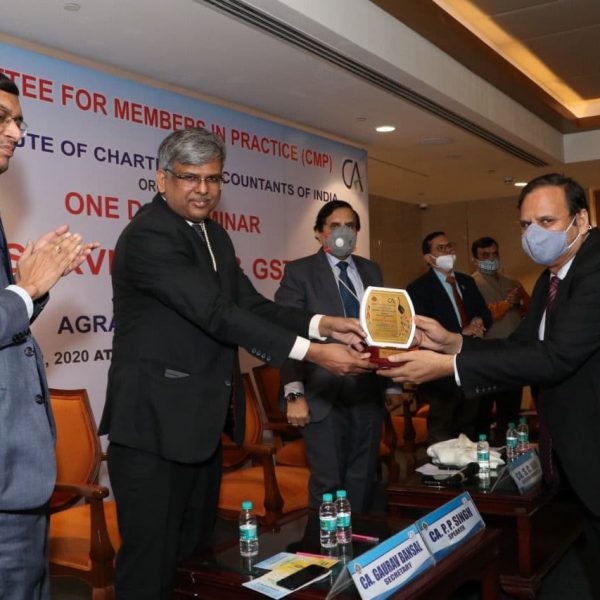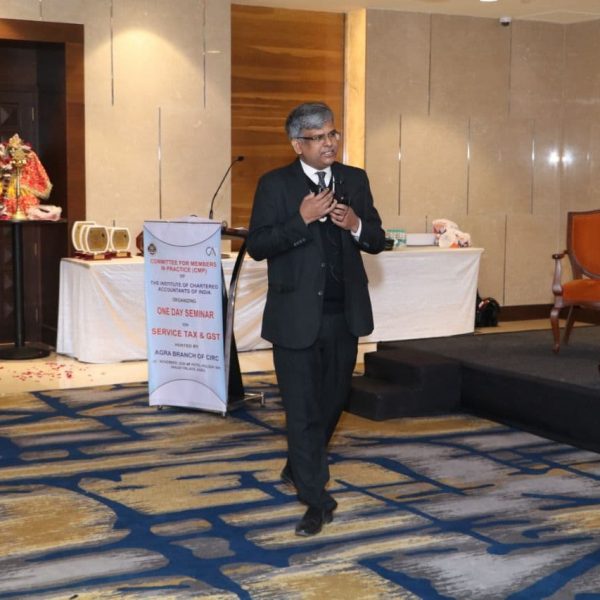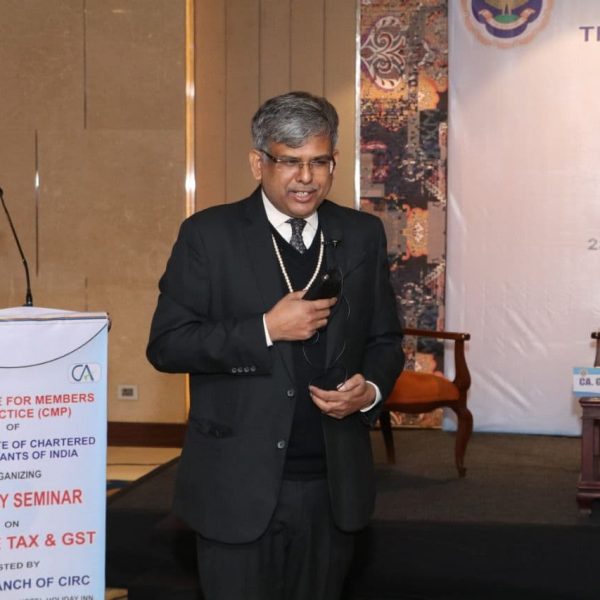Conclusion:
A trademark is a sign capable of distinguishing the goods or services of one enterprise from those of other enterprises. Trademarks are protected by intellectual property rights. Trademark protection can be obtained through registration, by filing an application for registration with the national/regional trademark office and paying the required fees. At the international level, you have two options: either you can file a trademark application with the trademark office of each country in which you are seeking protection, or you can use WIPO’s Madrid System. Trademark registration will confer an exclusive right to the use of the registered trademark. This implies that the trademark can be exclusively used by its owner, or licensed to another party for use in return for payment. Registration provides legal certainty and reinforces the position of the right holder, for example, in case of litigation. The term of trademark registration can vary, but is usually ten years. It can be renewed indefinitely on payment of additional fees. Trademark rights are private rights and protection is enforced through court orders. A word or a combination of words, letters, and numerals can perfectly constitute a trademark. But trademarks may also consist of drawings, symbols, three-dimensional features such as the shape and packaging of goods, non-visible signs such as sounds or fragrances, or color shades used as distinguishing features – the possibilities are almost limitless. WIPO Proof can prove in-market use of a trademark at an exact point in time by producing immutable digital evidence of such use. This is useful, and essential in certain jurisdictions, for applying for new trademarks or renewing existing trademark registrations.
Disclaimer: The information provided above is for general informational purposes only. The content of the above article has been drawn with utmost care and diligence on the basis of available information and applicable procedures. Efforts have been made to provide accurate, adequate and complete information with no responsibility of the author whatsoever. Readers are advised not act solely on the basis of this article and go though the applicable legal provisions.

